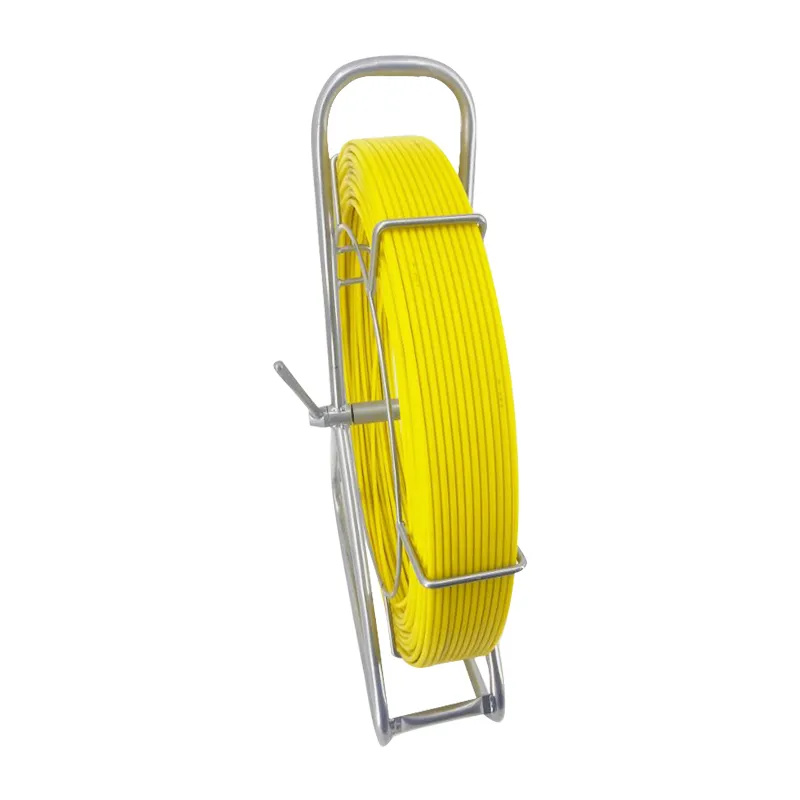
-
 Afrikaans
Afrikaans -
 Albanian
Albanian -
 Amharic
Amharic -
 Arabic
Arabic -
 Armenian
Armenian -
 Azerbaijani
Azerbaijani -
 Basque
Basque -
 Belarusian
Belarusian -
 Bengali
Bengali -
 Bosnian
Bosnian -
 Bulgarian
Bulgarian -
 Catalan
Catalan -
 Cebuano
Cebuano -
 Corsican
Corsican -
 Croatian
Croatian -
 Czech
Czech -
 Danish
Danish -
 Dutch
Dutch -
 English
English -
 Esperanto
Esperanto -
 Estonian
Estonian -
 Finnish
Finnish -
 French
French -
 Frisian
Frisian -
 Galician
Galician -
 Georgian
Georgian -
 German
German -
 Greek
Greek -
 Gujarati
Gujarati -
 Haitian Creole
Haitian Creole -
 hausa
hausa -
 hawaiian
hawaiian -
 Hebrew
Hebrew -
 Hindi
Hindi -
 Miao
Miao -
 Hungarian
Hungarian -
 Icelandic
Icelandic -
 igbo
igbo -
 Indonesian
Indonesian -
 irish
irish -
 Italian
Italian -
 Japanese
Japanese -
 Javanese
Javanese -
 Kannada
Kannada -
 kazakh
kazakh -
 Khmer
Khmer -
 Rwandese
Rwandese -
 Korean
Korean -
 Kurdish
Kurdish -
 Kyrgyz
Kyrgyz -
 Lao
Lao -
 Latin
Latin -
 Latvian
Latvian -
 Lithuanian
Lithuanian -
 Luxembourgish
Luxembourgish -
 Macedonian
Macedonian -
 Malgashi
Malgashi -
 Malay
Malay -
 Malayalam
Malayalam -
 Maltese
Maltese -
 Maori
Maori -
 Marathi
Marathi -
 Mongolian
Mongolian -
 Myanmar
Myanmar -
 Nepali
Nepali -
 Norwegian
Norwegian -
 Norwegian
Norwegian -
 Occitan
Occitan -
 Pashto
Pashto -
 Persian
Persian -
 Polish
Polish -
 Portuguese
Portuguese -
 Punjabi
Punjabi -
 Romanian
Romanian -
 Russian
Russian -
 Samoan
Samoan -
 Scottish Gaelic
Scottish Gaelic -
 Serbian
Serbian -
 Sesotho
Sesotho -
 Shona
Shona -
 Sindhi
Sindhi -
 Sinhala
Sinhala -
 Slovak
Slovak -
 Slovenian
Slovenian -
 Somali
Somali -
 Spanish
Spanish -
 Sundanese
Sundanese -
 Swahili
Swahili -
 Swedish
Swedish -
 Tagalog
Tagalog -
 Tajik
Tajik -
 Tamil
Tamil -
 Tatar
Tatar -
 Telugu
Telugu -
 Thai
Thai -
 Turkish
Turkish -
 Turkmen
Turkmen -
 Ukrainian
Ukrainian -
 Urdu
Urdu -
 Uighur
Uighur -
 Uzbek
Uzbek -
 Vietnamese
Vietnamese -
 Welsh
Welsh -
 Bantu
Bantu -
 Yiddish
Yiddish -
 Yoruba
Yoruba -
 Zulu
Zulu


Okt . 06, 2024 00:15 Back to list
Effective Installation of 20% Ground Rods for Enhanced Electrical Safety and Performance
Understanding 20% Ground Rod Importance, Applications, and Considerations
A ground rod, often referred to as a grounding electrode, is a critical component in electrical systems that ensures safety and operational efficiency. The term 20% ground rod usually pertains to a specific standard of grounding systems used in certain applications, providing a reliable reference point for grounding effectiveness. In this article, we'll explore the significance of ground rods, particularly focusing on the 20% threshold, their applications, and considerations for installation.
The Importance of Grounding
Grounding is a fundamental practice in electrical installations, protecting both equipment and personnel from electrical faults, surges, and lightning strikes. A grounding system provides a path for fault current to safely dissipate into the earth, reducing the risk of electric shock and equipment damage. The National Electrical Code (NEC) and other safety standards recommend specific grounding practices and materials to ensure effective grounding systems.
In many settings, the resistance of the grounding systemmust be low enough to effectively conduct fault currents. A 20% ground rod refers to a grounding system that is designed to achieve an optimal resistance value to ensure safety. This threshold is important because it provides a measure of how effective the ground rod is in preventing unwanted voltage build-up.
Applications of Ground Rods
Ground rods are widely used in various applications, including residential, commercial, and industrial settings. Here are some common uses
1. Residential Electrical Systems In homes, ground rods are essential for protecting electrical systems from surges and faults. They help ensure that any stray currents are safely redirected to the ground, safeguarding appliances and electronics.
2. Telecommunication Towers Ground rods are installed at telecommunications sites to protect sensitive equipment from voltage surges caused by lightning strikes and electrical faults. A reliable grounding system is vital in maintaining uninterrupted communication services.
20 ground rod

3. Renewable Energy Systems With the rise of solar and wind energy systems, grounding has become increasingly important. Ground rods are used to protect inverters and battery systems, ensuring they operate safely and efficiently.
4. Industrial Applications Heavy machinery and equipment found in industrial settings require robust grounding systems to protect against electrical faults. Ground rods play a crucial role in ensuring safety in factories and manufacturing plants.
Considerations for Installation
When installing a ground rod, several factors should be considered
- Soil Conditions The resistivity of the soil where the rod is installed can significantly affect the grounding system's effectiveness. Areas with high soil resistivity may require additional ground rods or different grounding methods to meet the 20% threshold.
- Material Quality Ground rods are typically made of copper or galvanized steel, both of which provide good conductivity. Choosing high-quality materials ensures durability and longevity.
- Local Codes and Standards It is essential to follow local electrical codes and standards when installing ground rods. These regulations ensure that the installation meets safety requirements and effectively protects against electrical hazards.
In conclusion, a 20% ground rod system plays a crucial role in electrical safety and efficiency. Whether in residential, commercial, or industrial environments, understanding the importance and application of ground rods helps ensure reliable grounding practices that protect both equipment and individuals. Proper installation, material selection, and adherence to local codes are vital for effective grounding solutions.
Latest news
Your Best Choice for Duct Rodder and Fish Tape Wire Puller Tools
NewsAug.13,2025
Unlocking Efficiency and Precision with Premium Cable Tools and Equipment
NewsAug.13,2025
Smart Solutions with Precision: Cable Pulling Tools That Deliver
NewsAug.13,2025
Reliable Protection with Advanced Hot Stick Technology
NewsAug.13,2025
Reliable Cable Installation Tools at Your Fingertips
NewsAug.13,2025
Optimized Cable Laying with Heavy-Duty Solutions for Modern Projects
NewsAug.13,2025











